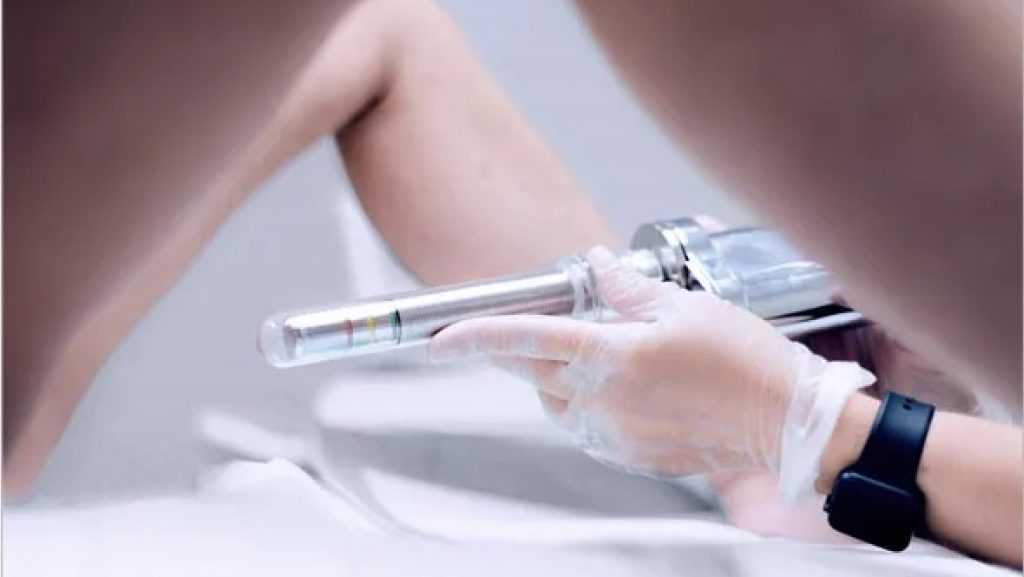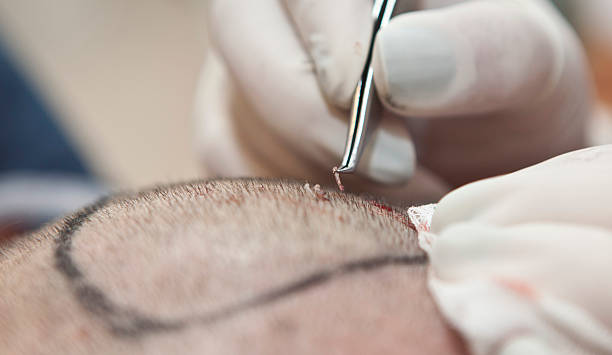Waist sculpting has become increasingly popular as a non-invasive or minimally invasive way to contour and redefine the body’s silhouette. This innovative approach targets stubborn fat deposits around the waistline, helping individuals achieve a more toned and aesthetically pleasing appearance. When considering Waist Sculpting in Abu Dhabi, many wonder about the safety and suitability of this procedure. Understanding the safety profile is essential for making an informed decision, especially since this treatment is designed to enhance confidence and body image.
Waist sculpting procedures are generally regarded as safe when performed by qualified professionals using modern techniques. These treatments typically involve controlled fat reduction methods, such as cryolipolysis, radiofrequency, ultrasound, or laser lipolysis. The safety of these procedures largely depends on the patient’s overall health, adherence to pre- and post-treatment instructions, and the expertise of the practitioner. While most individuals are suitable candidates, certain health conditions or lifestyle factors can influence the safety and effectiveness of waist sculpting.
Who Is an Ideal Candidate for Waist Sculpting?
Understanding Ideal Candidate Criteria
The suitability for waist sculpting varies from person to person. Ideal candidates are usually those who are close to their ideal body weight but have localized fat deposits resistant to diet and exercise. It is important to have realistic expectations about the outcomes, focusing on fat reduction rather than significant weight loss.
- Healthy Body: Candidates should be in good overall health, without any chronic illnesses that could complicate healing or recovery.
- Stable Weight: Maintaining a stable weight prior to the procedure helps ensure lasting results.
- Localized Fat Deposits: The treatment is most effective for stubborn fat pockets that are not responsive to traditional weight loss methods.
- Skin Elasticity: Adequate skin elasticity supports better contouring and reduces the risk of sagging post-treatment.
Medical Conditions That May Affect Safety
Certain medical conditions can influence the safety profile of waist sculpting procedures. For example, individuals with bleeding disorders, active infections, or skin conditions in the treatment area should discuss these issues with a healthcare provider. Additionally, those with severe obesity may require weight management strategies beyond waist sculpting to achieve optimal results and safety.
Is Waist Sculpting Surgery Safe for Everyone?
General Safety Profile
Waist Sculpting and elsewhere is generally considered safe when performed under appropriate medical supervision and with proper patient selection. Non-invasive techniques typically involve minimal discomfort and downtime, with a low risk of complications. These procedures are designed to target only subcutaneous fat without damaging surrounding tissues, nerves, or skin.
Factors Influencing Safety and Suitability
- Age: While waist sculpting can be performed across a broad age range, older individuals should evaluate their skin elasticity and overall health.
- Lifestyle and Habits: Maintaining a healthy lifestyle post-treatment enhances safety and results. Smoking, excessive alcohol consumption, or poor nutrition can negatively impact healing and safety.
- Previous Surgeries: Prior abdominal or waist surgeries might influence the approach or safety of waist sculpting, requiring thorough evaluation.
Precautions and Best Practices
To maximize safety, patients should adhere to pre-procedure guidelines, such as avoiding blood-thinning medications or certain supplements. Post-treatment care includes following instructions to prevent complications and ensure optimal results.
Benefits and Limitations of Waist Sculpting
Advantages of Waist Sculpting Procedures
- Minimally invasive or non-invasive options mean less pain, no scars, and minimal downtime.
- Targeted fat reduction allows precise contouring of the waistline.
- Quick recovery enables individuals to resume daily activities soon after treatment.
- Enhanced confidence with a more sculpted body profile.
Limitations and Considerations
- Waist sculpting is not a substitute for weight loss; it is best suited for body contouring.
- Results may vary based on individual factors like skin elasticity and fat distribution.
- Multiple sessions might be necessary for optimal outcomes.
- It is not a solution for significant obesity or generalized fat accumulation.
Ensuring Safety Through Professional Consultation
Importance of Choosing Qualified Practitioners
The safety and success of Waist Sculpting depend heavily on selecting experienced, certified practitioners. Proper assessment, personalized treatment planning, and adherence to safety protocols are essential components of a safe procedure.
Comprehensive Evaluation
A thorough consultation includes evaluating medical history, physical examination, and discussing goals and expectations. This helps determine the most suitable treatment method and minimizes risks.
Post-Treatment Monitoring
Follow-up appointments allow practitioners to monitor healing, address any concerns, and ensure the best possible results. Patients should communicate openly about any adverse sensations or issues experienced during recovery.
Final Thoughts: Is Waist Sculpting Safe for Everyone?
Waist sculpting is a safe and effective option for many individuals seeking body contouring solutions. When performed by qualified professionals and with appropriate patient selection, the procedures carry a low risk of complications. It is crucial to have realistic expectations and follow all pre- and post-procedure guidelines to maximize safety and results.
Waist Sculpting Abu Dhabi can be a safe choice for suitable candidates aiming to improve their body silhouette. As with any cosmetic procedure, thorough consultation and proper planning are key to ensuring safety and achieving the desired aesthetic outcomes.







0 Comments